Student Blog
Kimmy
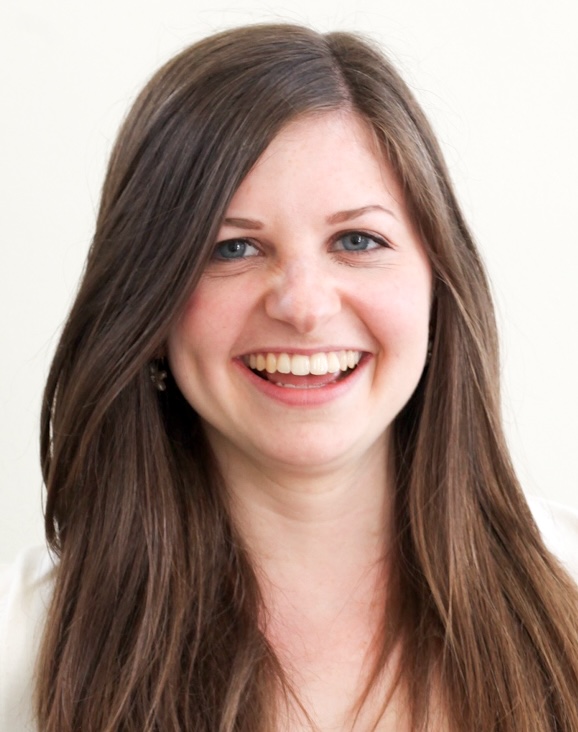
Be a Bookworm! ⟩
October 27, 2016, by Kimmy
School/Life Balance What are OS/OT?
One of my favorite occupations is reading. In my spare time, there are few things I find as comforting as curling up with a good non-textbook book in one hand and maybe a warm latte in the other. Keep on reading to hear about some of my recent reads with OT themes . . .
After completing the adult rehabilitation immersion, I found myself intrigued by first-hand accounts of people living with physical disabilities. During the summer, I read “Stroke of Insight” by Jill Bolte Taylor, whose story has now become a widely-viewed TED talk. As a neuroanatomist, Dr. Jill provides a unique perspective of her cognitive impairments in real time while she experiences a stroke herself. The book details the cerebrovascular accident itself, as well as her long path to recovery.
In addition to exploring non-fiction, I have become a fan of novels that capture the disability or different-ability experience. Jodi Picoult has been a long-time favorite of mine, as her books cover controversial and profound topics. She evidently devotes a great deal of effort to researching the conditions and situations presented in her novels. Her books have covered a range of illnesses and disabilities that OTs may be interested in, from pediatric leukemia and organ donation in My Sister’s Keeper, to osteogenesis imperfecta in Handle with Care, to Asperger’s Syndrome in House Rules. Similarly, Lisa Genova has found a niche within the disability fiction genre. So far, I have read Left Neglected, about the effects of a traumatic brain injury. I also read Love Anthony, which involves a story about autism, among other emotional themes. Both authors have discussed the extensive research necessary to accurately write about different conditions and the effects they may have.
One of my ultimate goals is to be a lifelong learner. I find reading to be one way to constantly continue learning — outside the classroom walls, beyond graduation. Both non-fiction and fiction books are capable of presenting disabilities and life circumstances through new perspectives. The more we consume the words of others, the better we are able to construct our own thoughts. The better we construct our thoughts, the more effectively we serve clients. I definitely believe the best way to open your mind is to open the cover and start flipping those pages!
⋯

Fight On for NAMI! ⟩
October 7, 2016, by Kimmy
Beyond clinical work, a huge part of being an OT revolves around advocacy — both for the profession and for the populations OTs serve. This past Saturday, I attended NAMI Walks, a fundraiser and awareness-raiser for the National Alliance on Mental Illness. Not only was it a great way to spend a morning with my classmates and professors, it was also an opportunity to see how our actions extend beyond the classroom. Overall, NAMI raised over $385,000 which will be put toward breaking down the stigma of mental illness.
There are plenty of outreach opportunities available to breach the divide between classroom and community. Next week, I will attend a NAMI group to experience the support system firsthand. Through fieldwork, fundraisers, and class assignments, the program and faculty encourage students to open their minds to these new experiences and open their eyes to what exists outside of textbooks. Throughout school, I believe it is essential to keep in mind why you are studying all of this content, consider the people you want to help. Don’t wait until graduation to get out there!

USC OTs Fight On for NAMI!
⋯

First Day of Fieldwork! ⟩
September 19, 2016, by Kimmy
Although we just finished Week 4 of classes, this was the first week of Level I Fieldwork for the semester. I am currently in my third and final immersion: mental health. As Alyssa explained, OTs practice in a variety of settings, which is true for the mental health population. For fieldwork this semester, I am placed at a supportive housing community for people labeled with mental illness who were previously homeless.
The first day was a bit hectic, as expected, but here are some highlights! For the first hour, I joined in on a walking group. The group includes men recovering from substance use and uses walking as a medium to encourage occupational participation and positive communication. It was a great opportunity to meet some of the program members and get some fresh air! Later, I spent time collaborating with other fieldwork students to plan occupation-based groups that we will ultimately lead. The site encourages collaboration between Level I students from USC and Level II students from California State University, Dominguez Hills. As a result, we are not only exposed to the clinical aspects of a typical fieldwork site, but also the interpersonal development necessary to become an effective therapist.
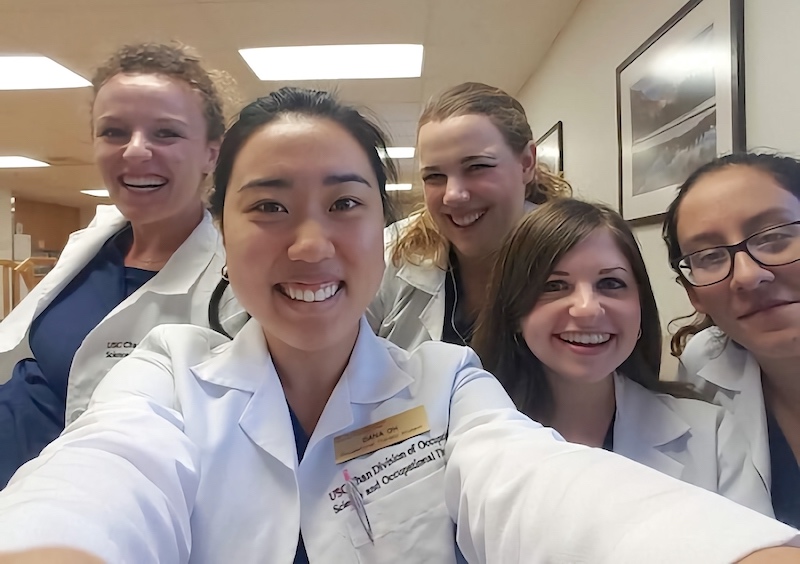
Classmates make fieldwork more fun!
In my opinion, fieldwork is one of the best ways to learn because it provides hands-on experience with diverse applications of OT. I especially love it when my personal favorite occupations align with treatment plans. This semester, I will be involved in planning and leading a cooking group. Not only does this allow me to engage with clients and build a therapeutic relationship, but I get to participate in one of my favorite activities while doing so! See below for some of my foodie faves:

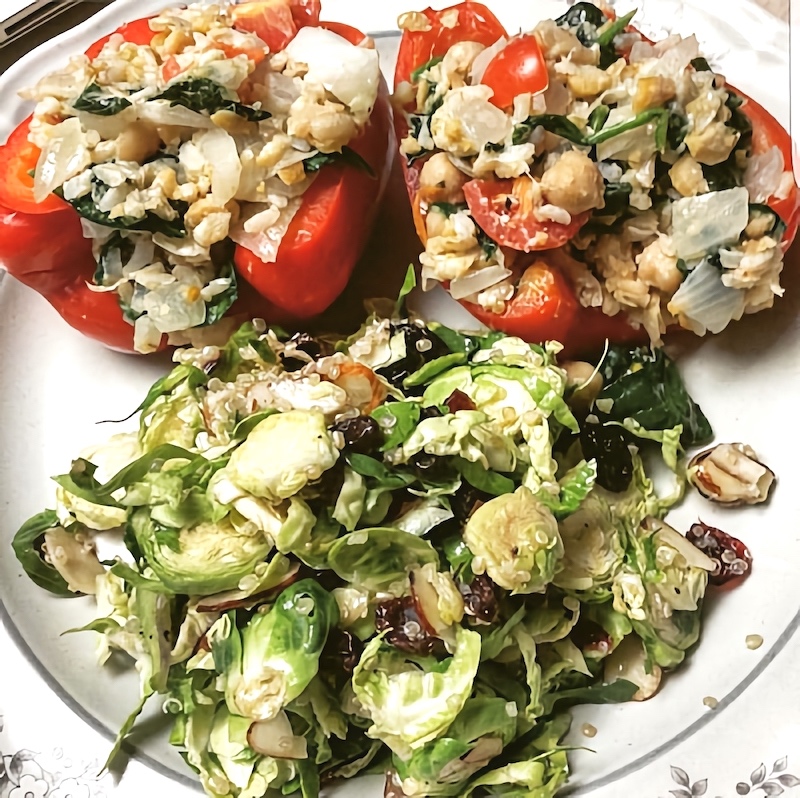
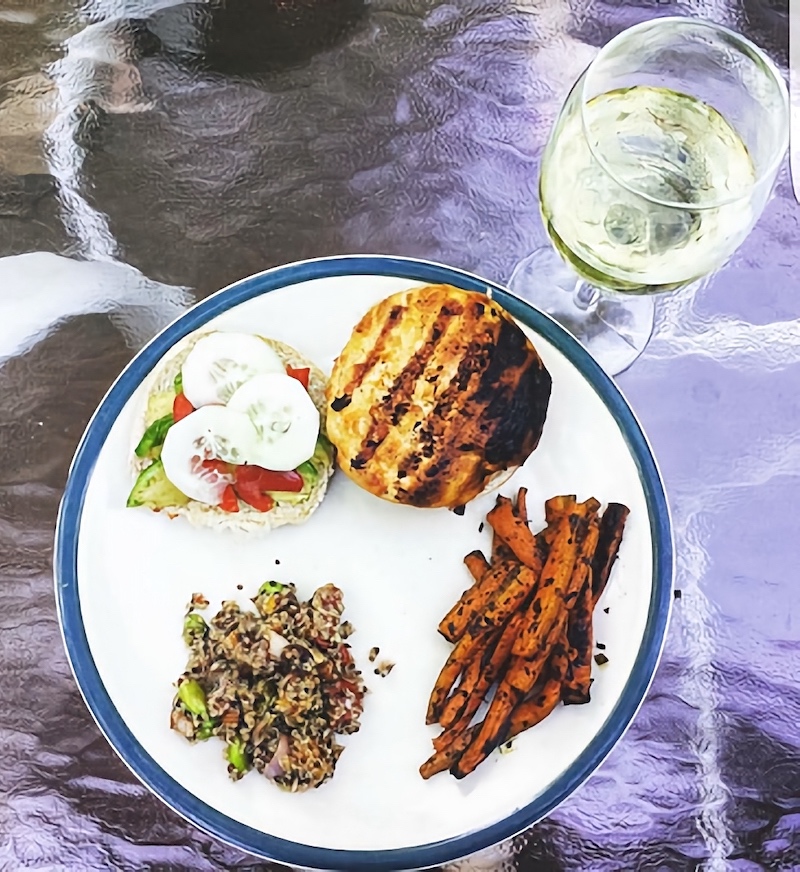
⋯

OT in UT ⟩
September 6, 2016, by Kimmy
For my first Level II fieldwork experience, I spent this past summer in Utah. Since I returned home for every summer before, I was itching for an adventure! And what an adventure I got!
I decided to go out of state for fieldwork because it is uncommon to be granted an opportunity to work anywhere you want for three months. At this point in my life, I have the freedom to travel and I wanted to make the most of it. Though I had never been to Utah before, I was excited to learn about a new place and, more importantly, learn about OT in a new place!
I completed my pediatric fieldwork rotation at the University of Utah Life Skills Clinic. As an outpatient teaching clinic, the site was very receptive to students and provided me with a valuable learning environment. The mentorship from experienced occupational therapists and partnership with other fieldwork students made me feel comfortable in this unfamiliar place.
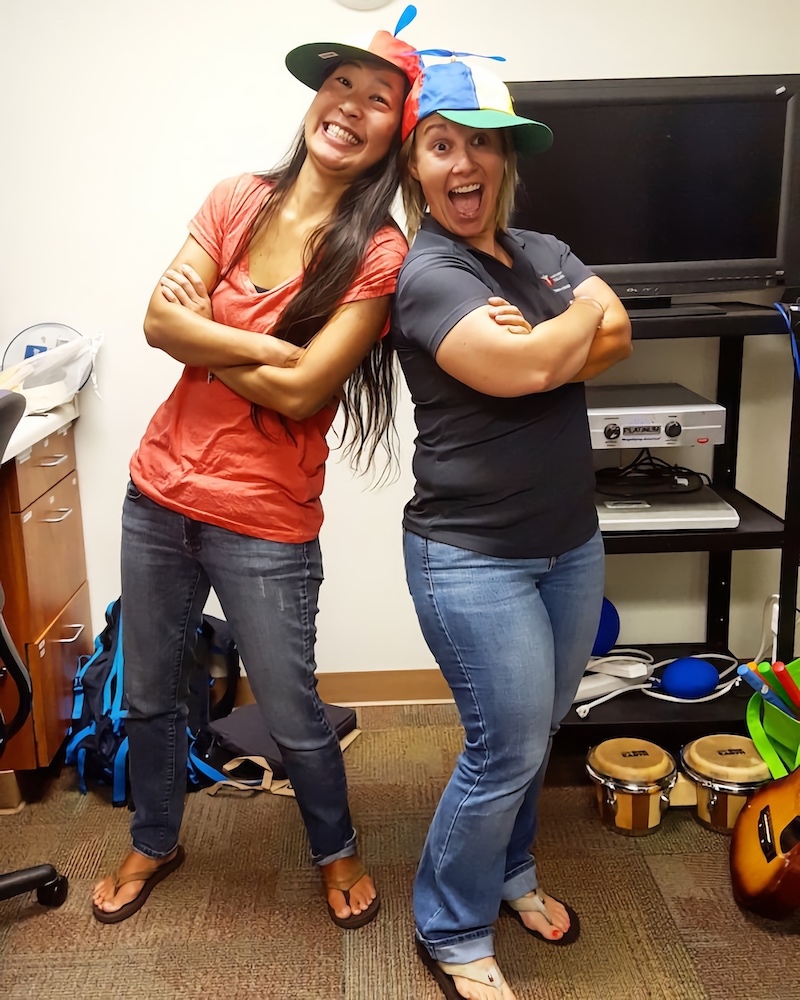
My co-fieldwork students!
As all OTs preach, balance is a key part of any meaningful experience. So I made sure to balance my fieldwork responsibilities with recreational exploration. When I wasn’t in the clinic, I could probably be found on a mountain. In addition to hiking every weekend, I went tubing down the Provo River, rode in a hot air balloon over Park City, and was captivated by national parks of Southern Utah.
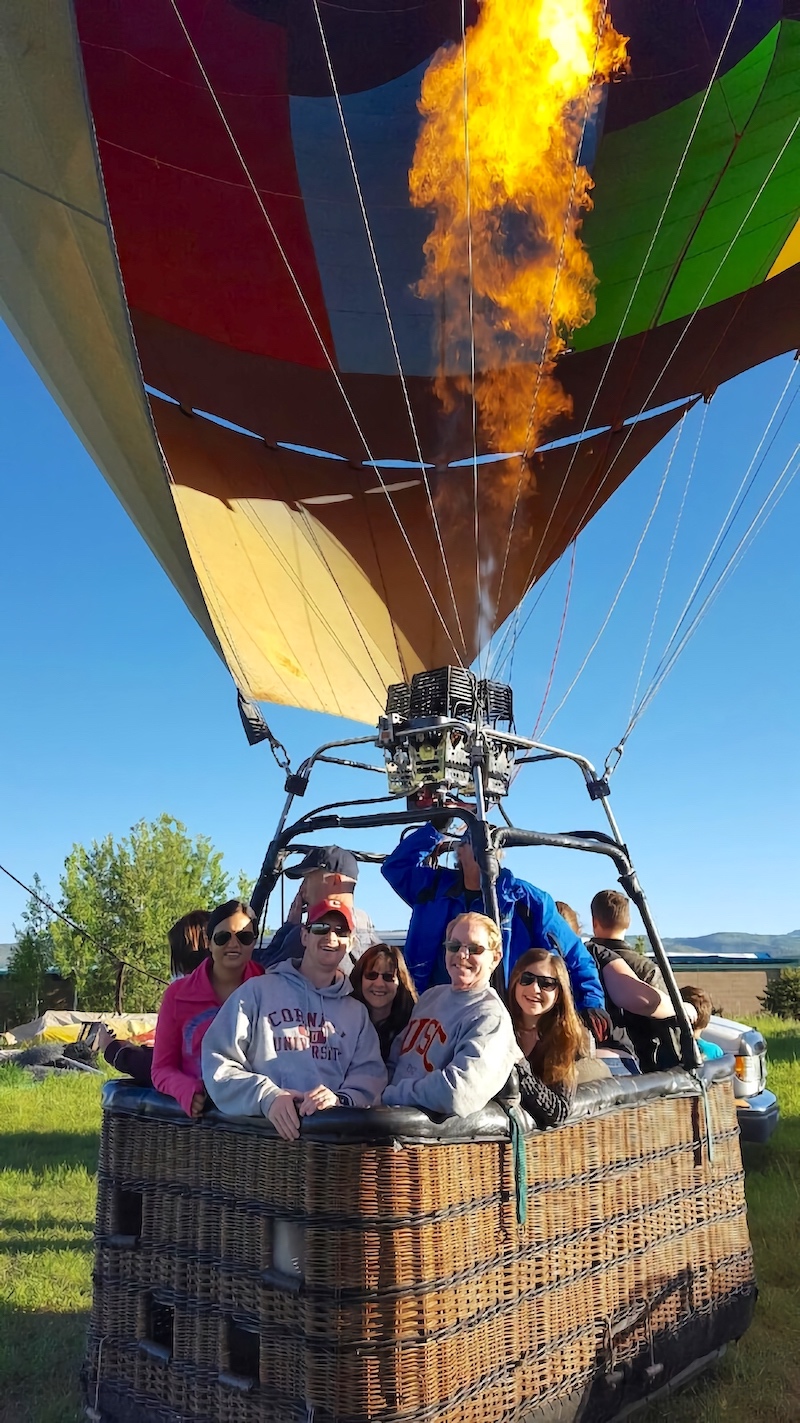
Hot air balloon ride with my family!
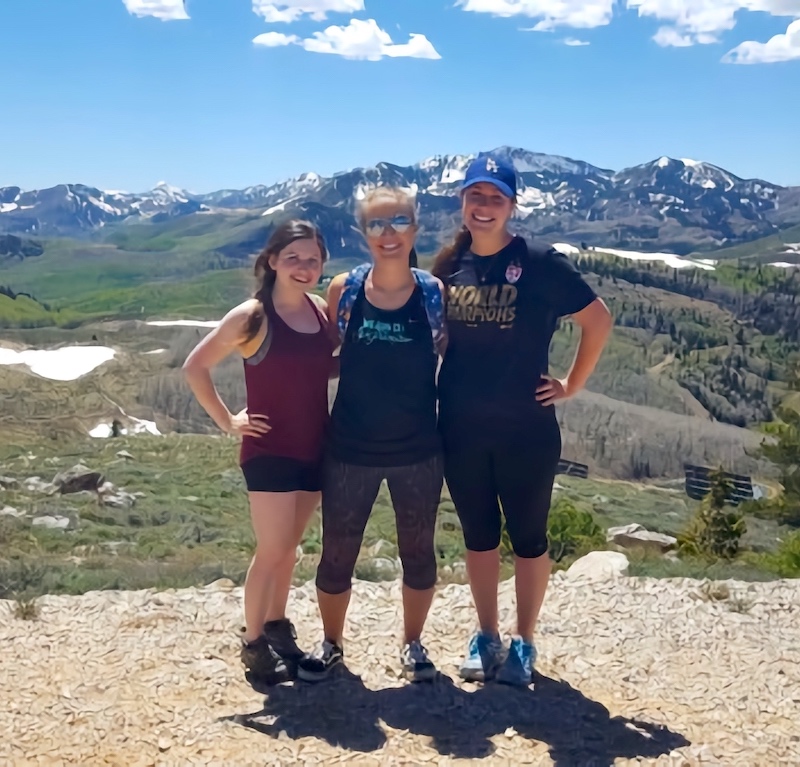
A be-UTAH-ful landscape
Based on my own adventures, I would encourage everyone to consider traveling out of the area for fieldwork! I found it extremely eye-opening to learn about OT in a different state, meet students from the OT program at a different university, and become immersed in the culture of a different place. But the best part, of course, was being able to come home to USC at the end. 😊 If you have any questions about out-of-area fieldwork, please reach out!
⋯

White Coat, Bright Memories ⟩
September 1, 2016, by Kimmy
Admissions Community Getting Involved Living in LA
This past Friday, I attended the Chan Division’s 6th White Coat Ceremony. For those who are unfamiliar with the tradition, the White Coat Ceremony began as a way to mark medical students’ induction into medical school. Over time, other health professions — including occupational therapy — have adopted the tradition.

OT students welcomed with white coats
One year ago, I was sitting in a folding chair, wondering how I would be able to wear a coat in the 95 degree weather. Luckily, my excitement made me forget all about the heat! At the time, I was one of ten undergraduate seniors in the Bachelor’s to Master’s Occupational Therapy Program. The White Coat Ceremony falls annually, on the first Friday of the fall semester, meaning I did not know many of the other students yet, besides those other nine seniors. Though I was initially a bit intimidated by the 130 Master’s students surrounding us, these strangers have since become some of my closest friends and biggest inspirations.
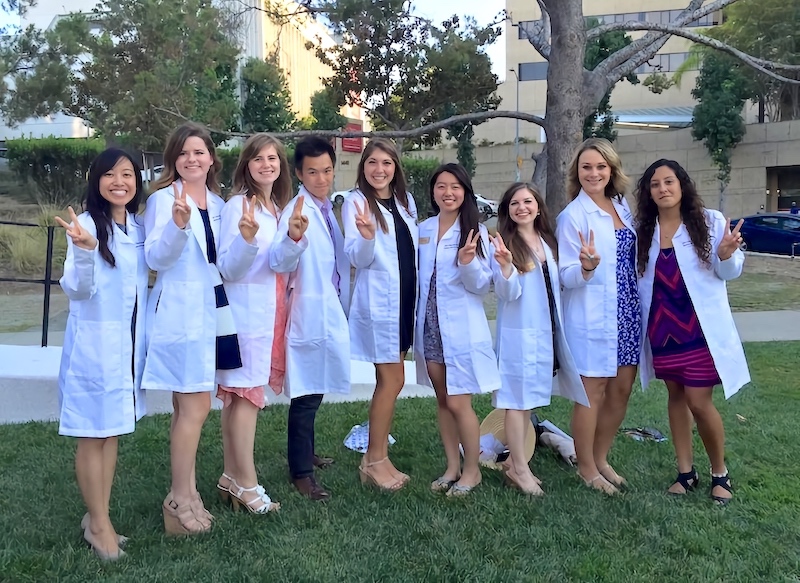
Fight on, Bachelor’s to Master’s students!
This time around, I experienced the ceremony as a student ambassador. Instead of anxiously awaiting my turn to walk on stage, I now eagerly await the opportunity to meet my new classmates and future colleagues. Being on the other side of this event not only allowed me to appreciate the attention to detail required for such occasions, but also made me realize how quickly time moves and things change. As difficult as my transition to graduate school felt at times, I look back on my first year with extreme gratitude. The white coat may get dirty, but the memories will never fade!
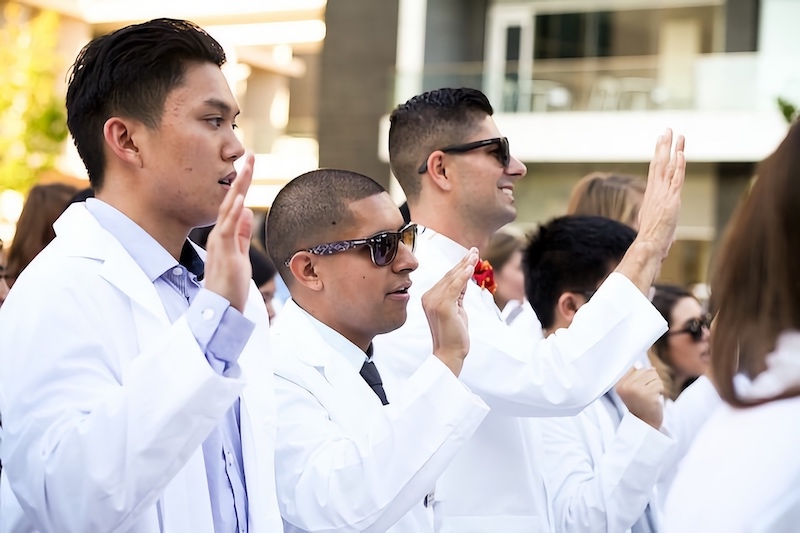
Fellow Ambassador, Erwin, taking the Oath of the Occupational Therapist
⋯





